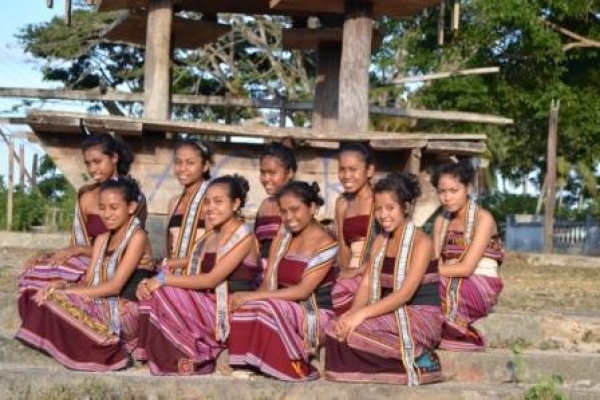According to the Asian Development Bank, women in Asia are on average 70 percent less likely than men to be in the labor force, despite steady economic growth, increased access to education, and the alleged desire of most working-age women to gain employment.
The Philippines-based development bank attributes part of the problem to social and cultural norms concerning housework, childcare, and the labor market.
Closer to home, in Timor-Leste, the World Economic Forum’s (WEF’s) “Global Gender Gap Report 2016” ranked Timor-Leste worst in the Asia-Pacific region. Of 144 countries ranked, Timor-Leste came in at 125th - wedged between the United Arab Emirates and Tunisia.
According to the World Bank, investing in girls to allow them to complete education at the same rate as boys would lead to lifetime earnings increases of between 54 percent to 68 percent of GDP, equivalent to an annual rise of around 1.5 percent.
“Increased gender equality in education lowers infant and child mortality rates, lowers maternal mortality rates, increases labor force participation and earnings, and fosters further educational investment in children,” WEF said.
Greater female engagement in politics could also foster “greater credibility in institutions, and heightened democratic outcomes,” it suggests.
According to the International Monetary Fund, increasing women’s labor force participation rates to match men’s would boost GDP by 5 percent in the United States, 9 percent in Japan, 12 percent in the United Arab Emirates and a large 27 percent in India.
Similarly, the message for International Women’s day peddled from the World Health Organisation’s South East Asia Chief, was gender equality through “economic empowerment.”
Getting more women employed and having supportive workplaces essential, said Dr Poonam Khetrapal Singh, WHO Regional Director for South-East Asia
“Legislation across the (South East Asia) region regarding maternity leave remains inadequate, while workplaces continue to penalise women that take time off to have children,” Dr Singh said.
“Better legislation on maternity leave and women’s rights at work is needed Region-wide, including more supportive and flexible work arrangements.”






